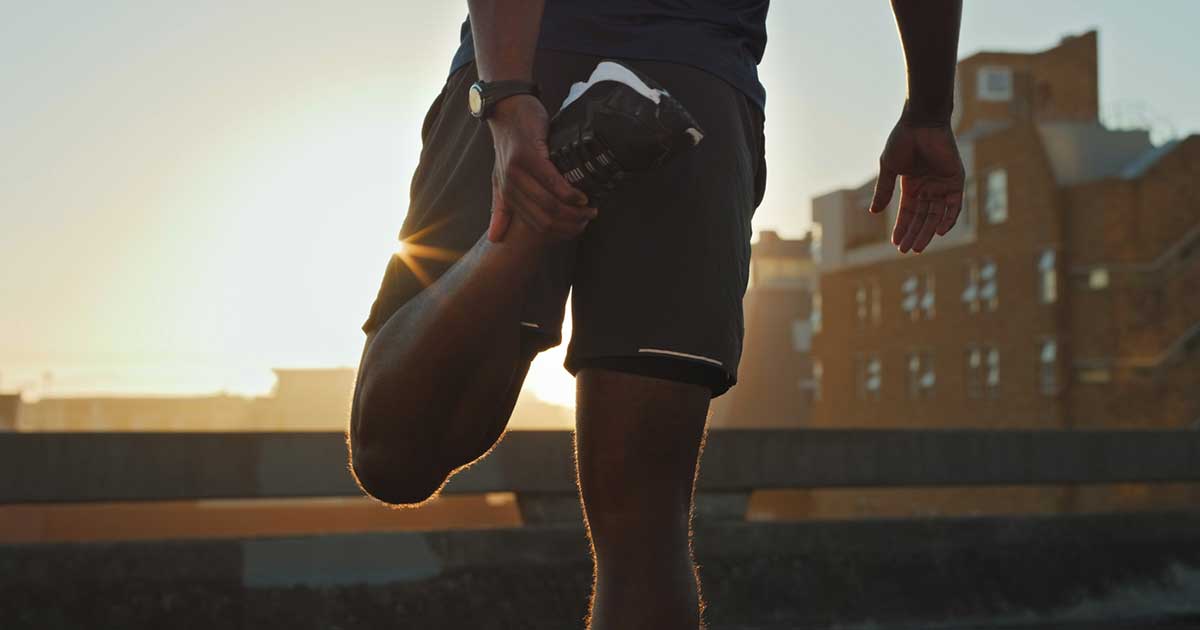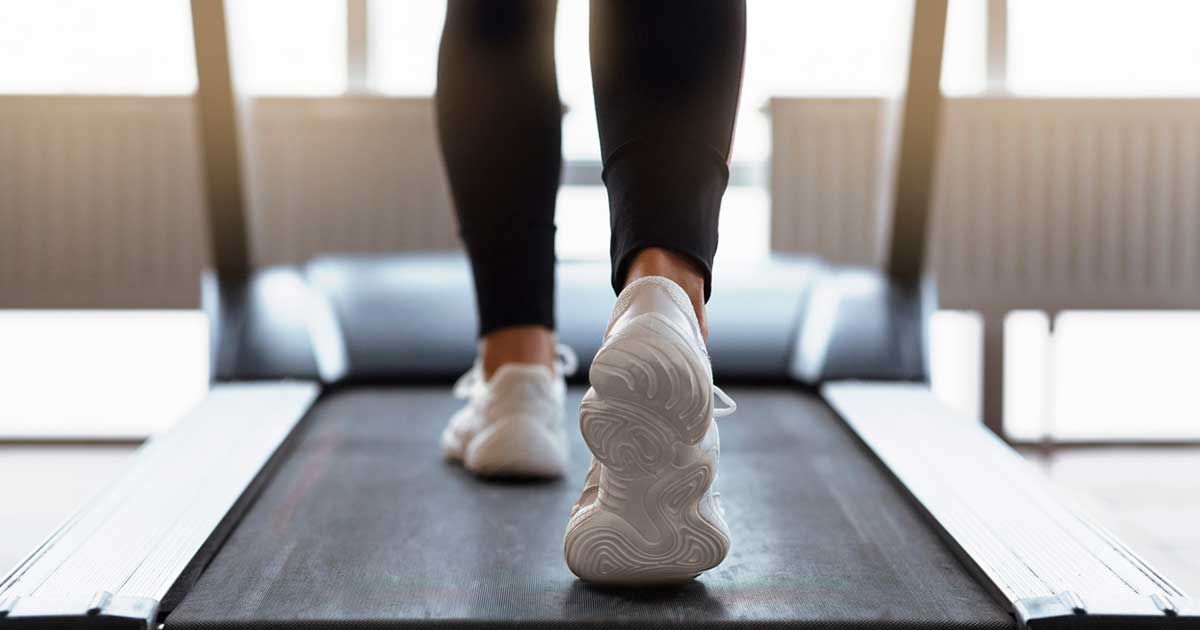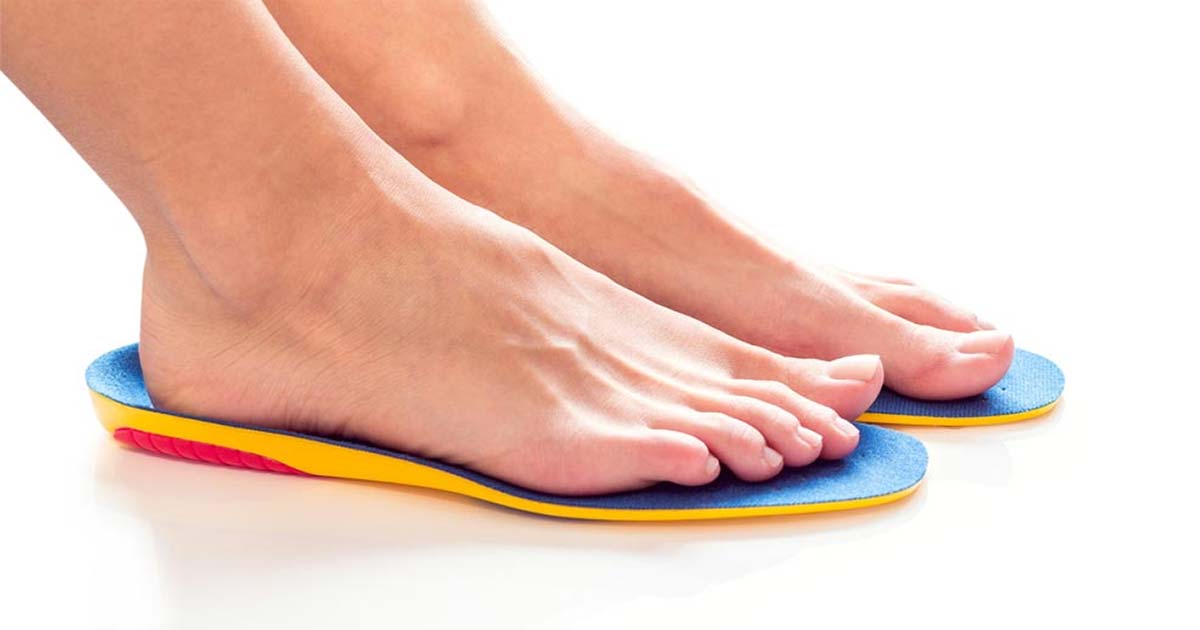
Advice to improve your movement, fitness, and overall health from the #1 in orthopedics in the U.S.
How to Get the Most Out of Your Walking Workout
Focusing on form and varying speed and incline will give you the biggest benefits for your efforts.
Advice to improve your movement, fitness, and overall health from the #1 in orthopedics in the U.S.
In the past, you may not have thought of walking as much of an exercise. But with the rise of trendy walking workouts like 12/3/30 on social media, it’s becoming more of a thing. There’s a reason for that. “Walking is a cost-effective, straightforward, low-impact, total-body activity,” says Kate Baird, MA, ACSM-CEP, CSCS, an exercise physiologist at HSS. “Humans are built to walk. In fact, it’s the primary physical activity across many cultures around the world.”

When you walk on flat ground, you work in your aerobic zone, which is an effort low enough to allow you to continue for quite some time. Most exercise professionals recommend staying in this low- to moderate-effort range for about 80% of your weekly aerobic exercise—making walking an excellent option. The longer duration and lower intensity help the body to use fat for fuel, increase the heart’s capacity, and increase sensitivity to insulin, which keeps blood sugar levels healthy, says Baird.
Walk This Way
To start, make sure you’re walking with proper form: Imagine the crown of your head reaching toward the ceiling. Open your chest and drop your shoulders down, allowing your arms to bend naturally at the elbow. Think about having a long spine from your tailbone to your head.
When you’re in motion, put your heel down first, engage your glutes and hamstrings as you roll through the rest of your foot, then push off from your toes. Don’t look down, which will strain your neck and back. Instead, look 15 to 20 feet ahead of you, keeping your chin level with the ground. If you want to pick up speed, don’t take bigger steps. Instead, drive your elbows back faster, alongside your body (not side to side across your chest) and your feet will naturally follow.
Fortunately, when it comes to walking workouts, there are plenty of options to up your intensity or vary your efforts.
HIIT Walk
In high-intensity interval training (HIIT), you alternate short bursts of intense effort with short periods of recovery. In other words, you go as hard as you can for a short time, and then at an easy pace, and back and forth. After a good warm-up, try this HIIT walk.
- Increase your speed, going as fast as you can for 20 to 30 seconds. Go fast and hard enough so that you feel your heart pumping fast. Then go back to your comfortable pace for a minute or two, until your breathing slows down and you feel recovered.
- Repeat for a few cycles as you feel comfortable, then cool down afterward.
Start by adding one HIIT workout a week into your regular walking routine. Because HIIT is supposed to be vigorous and challenging, it’s wise to rest for 2 to 3 days (or more) between sessions. As you get in better shape, you can add a second and so on. If you’re just getting started, limit HIIT sessions to 5 to 10 minutes at a time.
Hill Walk
Everyone has that hill in their walking path that seems daunting. But by taking it slow, taking breaks when necessary, and building your stamina, it can become a valuable part of your routine.
Slow and steady is the name of the game with hills. To increase the workout factor, while you’re walking, add some upper-body movements to maximize your effort. Bring along light weights or put ankle weights around your wrists and add in bicep curls. If you walk in a park, stop at a bench or fence and do some bodyweight exercise like step-ups, push-ups, and planks. The two moves below require no weights and are also great to try.
Goal-Post Squeezes
- Lift your arms up so your elbows are bent at a 90-degree angle and in line with your shoulders (like you’re making a football goalpost with your arms). Face your palms to the front.
- Relax your shoulders, then pull your elbows backward toward each other, squeezing your shoulder blades together for about 30 seconds before releasing.
- Repeat 10 to 12 times.
Lat Pull-Downs
- Start with your arms up and out on a diagonal.
- Pretend you have a bar in your hands and “pull” it down in front of your face. Stop when your elbows are in line with your shoulders. As your hands pull down, squeeze your shoulder blades together, then extend.
- Repeat 10 to 12 times.
12/3/30 Walk
For this social-trendy workout, begin by warming up on a treadmill for 5 to 10 minutes at a low incline and speed. Then, when you’re warm, set your treadmill at an incline of 12 and a speed of 3 miles per hour and walk for 30 minutes. Why 12/3/30? “This is just a challenging but doable workload for many people,” Baird says. “It can be 10/3/30, or 5/2/30 or even 12/3/15! What’s important is getting started at a tolerable place and improving over time.”
While this workout might make treadmill walking more enjoyable, it does keep you indoors. For some, it can also be pretty boring. But everything is subjective. “I work with people all the time who love doing the same workout week after week,” says Baird.
Whenever you’re debating making any trendy workout part of your regular routine, she says, consider which of these three categories you fall into:
- Do you enjoy it? If so, go for it. You’ll continue to gradually challenge yourself as you get stronger and fitter.
- Do you kind of enjoy it, but not every day? Great! Do it some days and add in other variations on the other days.
- Do you hate it? Well, that’s ok too! Just because a workout is all the rage doesn’t mean it’s for you.
Published 8/13/2023


